Petzl is set to release a brand new rescue descender called the Maestro 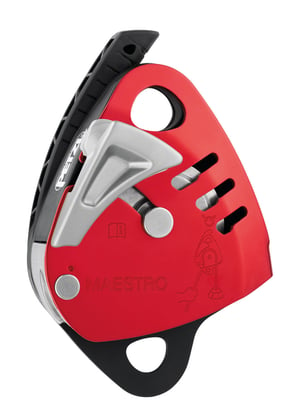 in late January 2020. We’ve been testing it out for a few months and wanted to share our findings. We think our readers will find this particularly relevant since the Maestro is designed specifically for technical rescue.
in late January 2020. We’ve been testing it out for a few months and wanted to share our findings. We think our readers will find this particularly relevant since the Maestro is designed specifically for technical rescue.
The Maestro is a rescue descender that provides the user with a high degree of control in a variety of applications. We found it to be adept at both lowering and hauling, and it’s rated for handling relatively heavy loads (550lbs for the S model and 615lbs for the L model).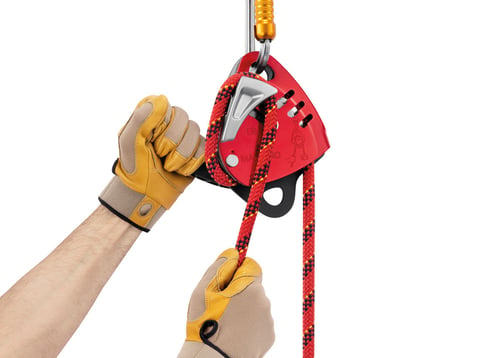
The control comes from design elements like the integrated brake and a faceted sheave, which adds friction areas for the rope so that slippage is reduced and braking power is enhanced. The device gives the user additional control over the amount of friction by changing the angle of the rope as it feeds into the device, or by wrapping the rope around the cleat/brake on the outside of the device. The intuitive and ergonomic handle and the wide range of friction options put the Maestro at the head of the class for controlling heavy rescue loads during lowering operations.
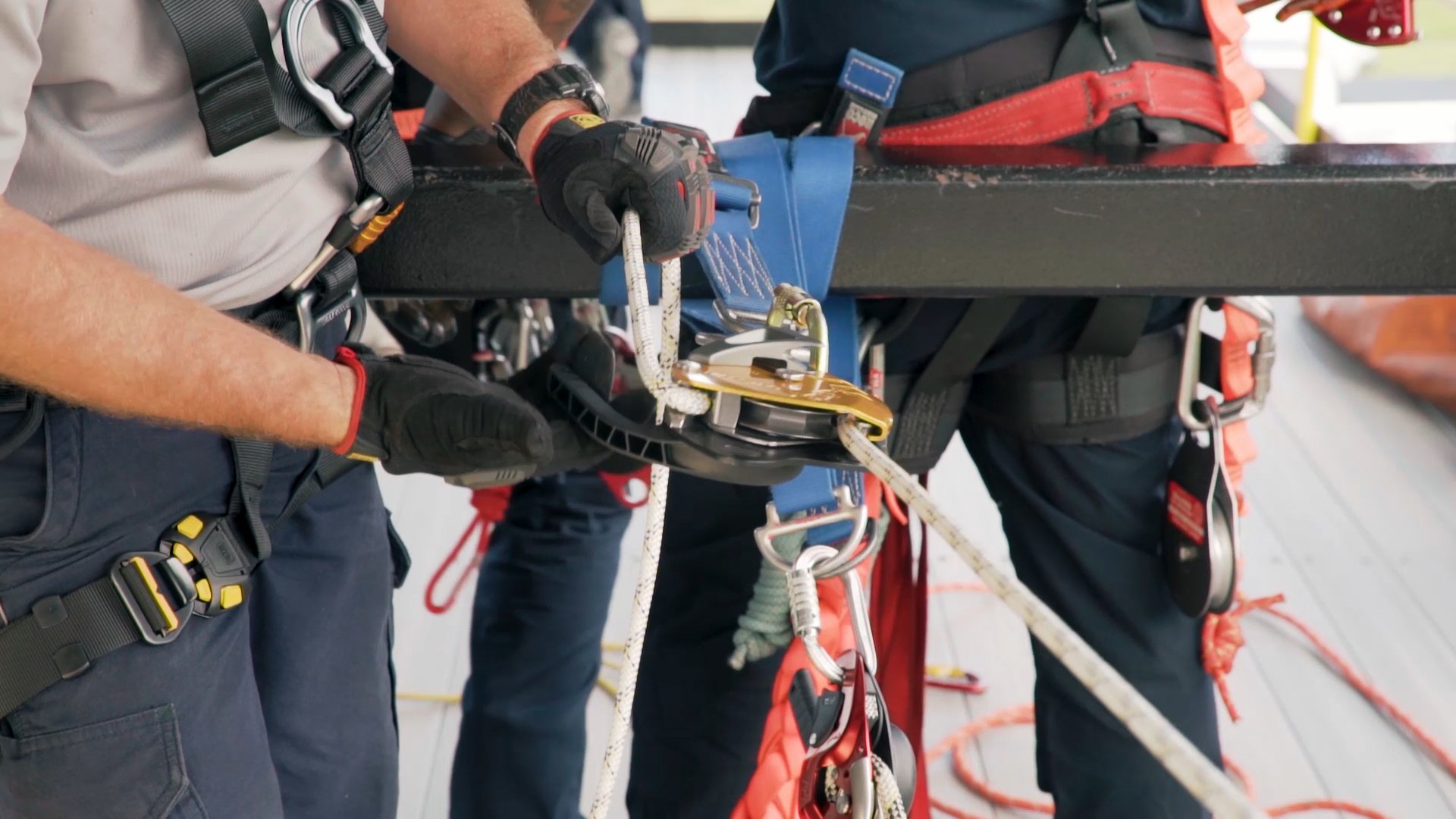 The Maestro transitions from lowering to hauling very nicely. We like that it gives the user an auditory cue – it clicks in haul mode as the uni-directional pulley sheave moves with the rope. It’s easy to set up a 3:1 z-rig using a pulley and a rope grab like the Petzl Rescucender. This is where the Maestro really shines, thanks to the efficiency characteristics of its design. Its large-diameter sheave coupled with sealed ball bearings only allow the pulley to rotate in one direction, creating a progress-capture system that minimizes loss of haul-gains. As the user hauls the load, the Maestro’s auto-lock feature locks in the progress made, and the user can then extend the rope grab back out and continue hauling.
The Maestro transitions from lowering to hauling very nicely. We like that it gives the user an auditory cue – it clicks in haul mode as the uni-directional pulley sheave moves with the rope. It’s easy to set up a 3:1 z-rig using a pulley and a rope grab like the Petzl Rescucender. This is where the Maestro really shines, thanks to the efficiency characteristics of its design. Its large-diameter sheave coupled with sealed ball bearings only allow the pulley to rotate in one direction, creating a progress-capture system that minimizes loss of haul-gains. As the user hauls the load, the Maestro’s auto-lock feature locks in the progress made, and the user can then extend the rope grab back out and continue hauling.
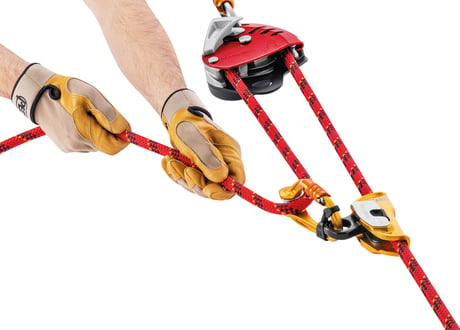
We see the Maestro as being very well suited for use in dual main rope systems. These systems require a device capable of consistent and dependable friction control while providing the high efficiency hauling functions that the Maestro excels at.
The Maestro is the most intuitive device in its class. From hand and body positioning, to loading the rope into the device, the Maestro offers a high safety margin with ease of use.
Many combination devices try to do everything and end up doing nothing particularly well. Not so with the Petzl Maestro. It’s a very capable device for descent control, progress capture and belaying. It’s a multi-function tool that’s easy to use and transitions between functions beautifully. For all these reasons, we recommend the Maestro as a tool that technical rescuers should strongly consider adding to their equipment cache.
Note: The Maestro is currently available in limited quantities. Use this link to check for availability.
Note:
Thank you to Brad Warr for contributing to this article. Brad is a Roco Rescue Chief Instructor and a captain with the Nampa (Idaho) Fire Department.

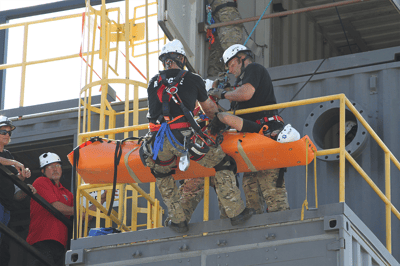 OSHA 1910.146 Appendix F
OSHA 1910.146 Appendix F



